Uncomfortable silence filled the air as Joe opened the rear door of a black BMW to have me safely seated, closed the door and walked back to the driver's seat. His boss René, a Filipino friend of mine from Sydney, had instructed him to escort me to a restaurant where I would meet him and his friends. Public transport is not easily accessible for foreigners, and taking a random cab at night makes me nervous so I appreciated the ride. Joe, probably in his early 20's, was a man of few words and replied only when spoken to. “Is this it? Get off here?” I asked as we approached a glowing glass and steel building. “Yes, ma'am. Sir René is waiting for you on level 5,” he replied so politely that I felt a little embarrassed about my casual tone. After a few days in the Philippines, I was still not used to being addressed as Ma'am. It makes me feel very uncomfortable – I must have taken on much of New Zealand' egalitarian culture.
It is not uncommon to have (a number of) helpers in a well-off Filipino household. The helpers stay for years and even decades with one employer and become part of the household. Ed, a driver of another friend of mine, was more open to having a chat with me about his life while he kept me company (instructed by his boss to be my bodyguard) for a few minutes. “I have been serving Ma'am for 20 years. I work 4 days a week while I study agriculture,” he shyly explained. I had seen my friends with their employees and felt assured that they were treated in a dignified manner, but I was glad to hear Ed was learning something other than being a helper: a job he started at the age of 16. “Cool, what will you do when you have finished studying?” I guess I wanted hear 'Minister of Agriculture' or something ambitious because his answer of 'I don't know' saddened me a bit.
Filipino helpers in Manila are different from those I met in the west. I visited a friend in Toronto last year, who had just hired a live-in Filipino nanny for her new-born. She described her 10-year work experience in Hong Kong as horrible and abusive. After learning about Canada's employment standards and protection of foreign workers, she moved to Toronto for better pay and hours. While employer-employee hierarchy existed, she didn't treat me or my friend as some innately superior being. Like 2.2 million other Overseas Filipino Workers (OFWs), she regularly sends money to her parents in the countryside.
“Do you think we have a caste system?” René and his Filipino friends asked at the dinner table. “YES! I thought only India had a severe caste system, but yours is pretty bad,” I gave my honest opinion. If you are not born into a family of wealth and well-educated (private and/or overseas schools), and preferably of lighter skin colour, you rarely have an opportunity to move up the socio-economic ladder. What's worse, people do not seem to feel empowered to change their existing conditions; partly because Catholicism teaches them to accept the situation and be happy, and partly because the poor masses have already submitted to an underlying sense of hopelessness. From one generation to another, one is stuck in their particular social stratification. “To understand the Filipino culture, you have to understand our history,” at the Ayala Museum (in the beautiful Greenbelt Park) René walked me through hundreds of years of colonial history: as a quick summary, the Spanish came and implemented their own (racial) caste system, followed by American and Japanese occupations and a corrupt government. I can understand why people would just want to live in peace, poor or not.
A walled city called Intramuros built during the Spanish colonial period is located just south of Tondo, one of many slums in Manila. I was hoping visit a few homes and speak to the residents, but my contacts at the UN strongly advised not to do so for my safety. Prior arrangements with the local community leader would be required weeks in advance and I would have to be accompanied. I resorted to taking a cab to the old city to get a glimpse of the community. Traffic was of course terrible. Looking at my location on Google Map, walking seemed like a better option than spending 15 more minutes in the car. “I have a map - I will get off here and walk” I looked for a nod from the driver but he suddenly raised his voice “No, you don't walk here, it is dangerous. I take you to San Agustin Church. Security guards there.” With so many eyes on the road, I didn't think anything bad could happen, but I obliged and stayed. As we closed on the Intramuros entrance, I saw a child about 3 years old taking a dump on the side of the road. He then picked up some leaves from under a tree to clean up. Some poorly dressed men and women stood in the middle of the road, waving at cars as self-promoted traffic controllers. Unwashed with messy hair and distorted teeth, they are few of the millions of informal workers of Manila, just trying to get by. More so than their dirty clothes or shoes, what overwhelmed me was hopelessness across their faces. My cab driver rolled the window down slightly and dropped a few coins onto a woman's palm, whose emotionless face forced a glimpse of appreciation. I was surprised he did this three times as he himself didn't look like he was in a position to be giving money away to others. “This is their home. They need food,” he explained.
Being a foreign visitor, I was showered with generosity from my colleagues and friends who are smart, ambitious and hard-working. What different lives we would have all had without a head start. The image in my head of the Intramuros woman's embarrassed hand reminds me that we are still far from a true democracy.
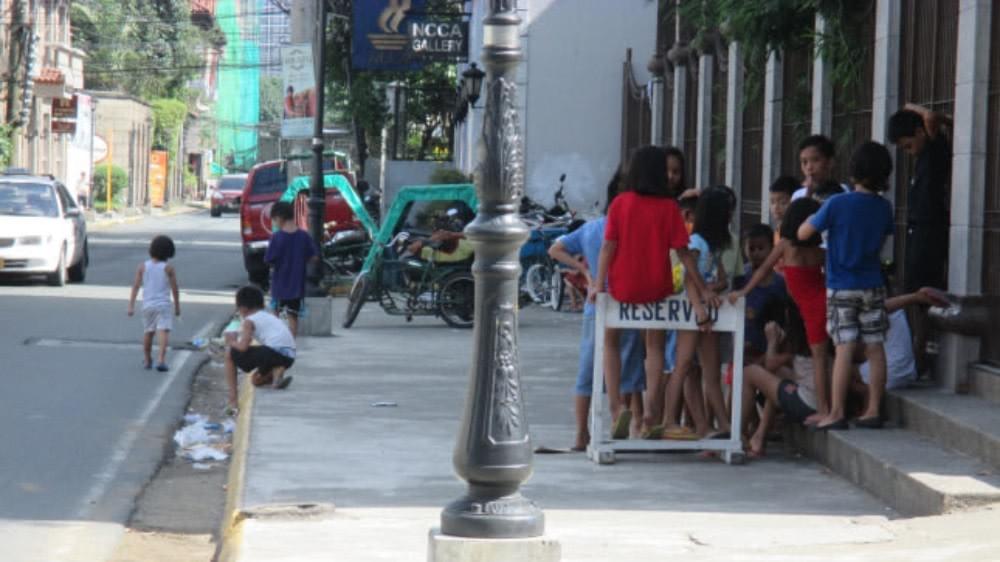
Local kids hang out in Intramuros.
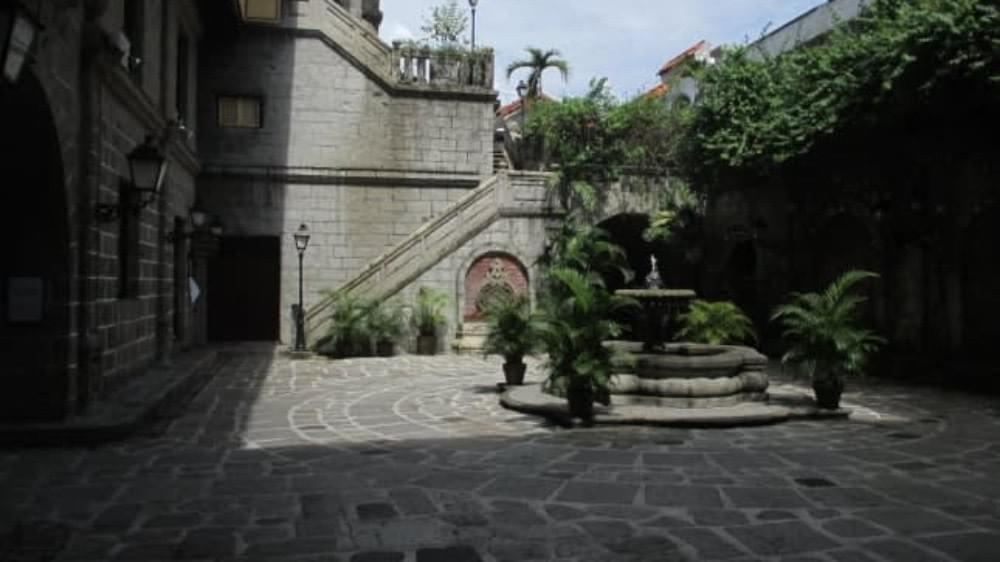
Intramuros takes you back to the late 16th century Philippines under the Spanish rule. Intramuros's Spanish streets are cleaned.
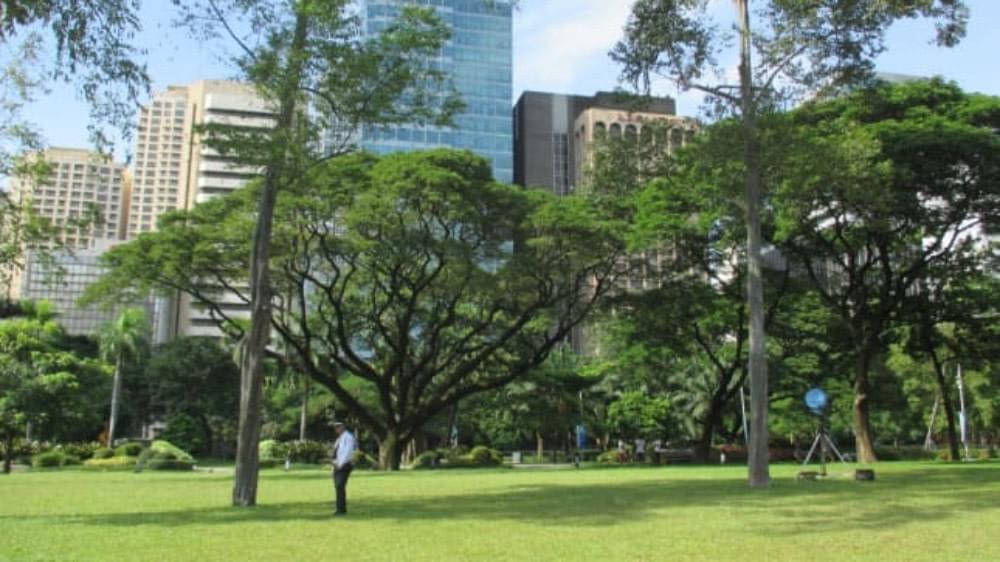
Makati is Manila's financial hub. Parks like Ayala Triangle Gardens are rare but beautifully landscaped.
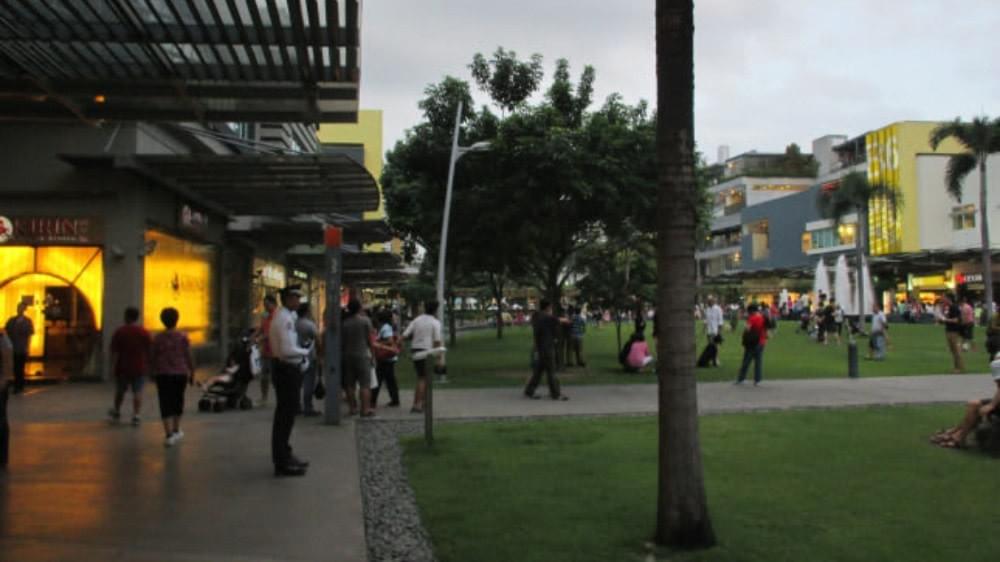
Bonifacio High Street is a pedestrian retail strip for Manila's upper-middle class.
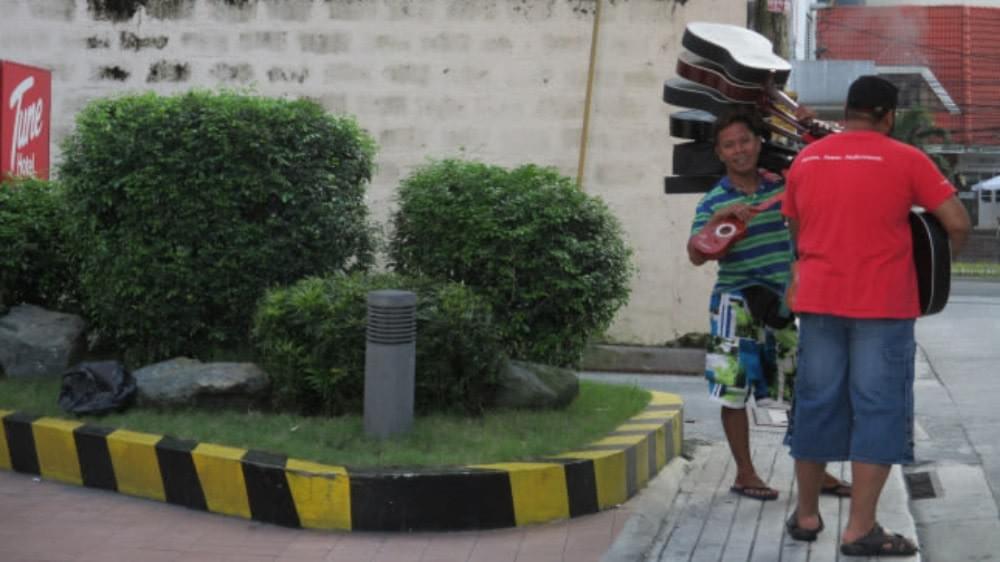
A guitar, anyone?
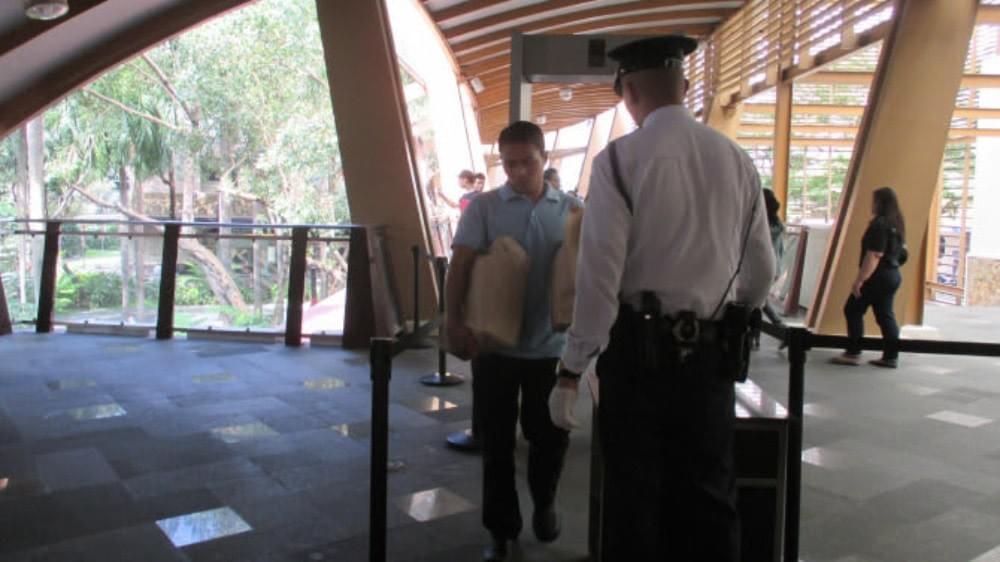
Security guards man malls, parks, hotels and shop fronts and metal detectors are a norm. Machine gun wielding bank guards don't make one feel much safer.
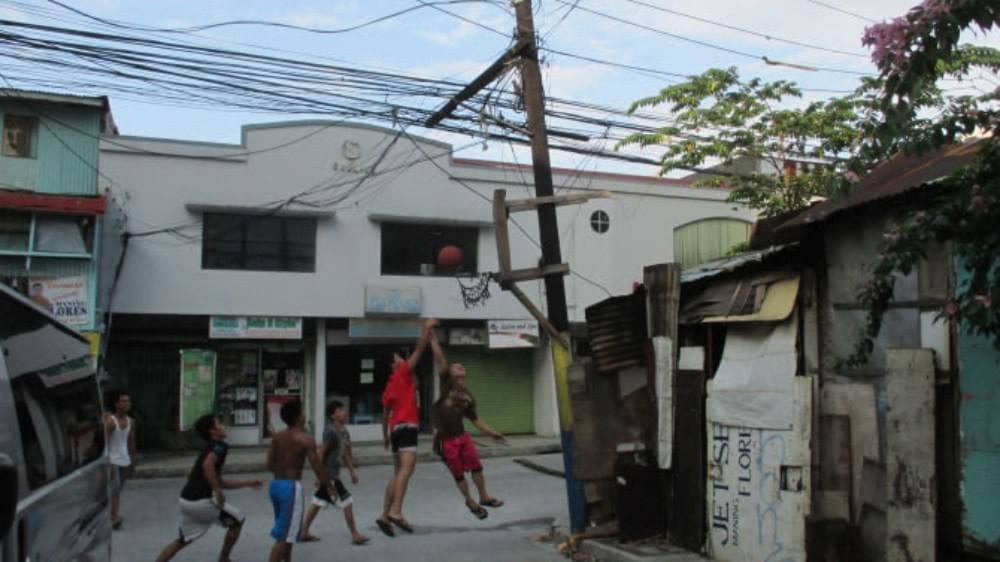
Makati's new hotel developments meet the local neigbourhood.
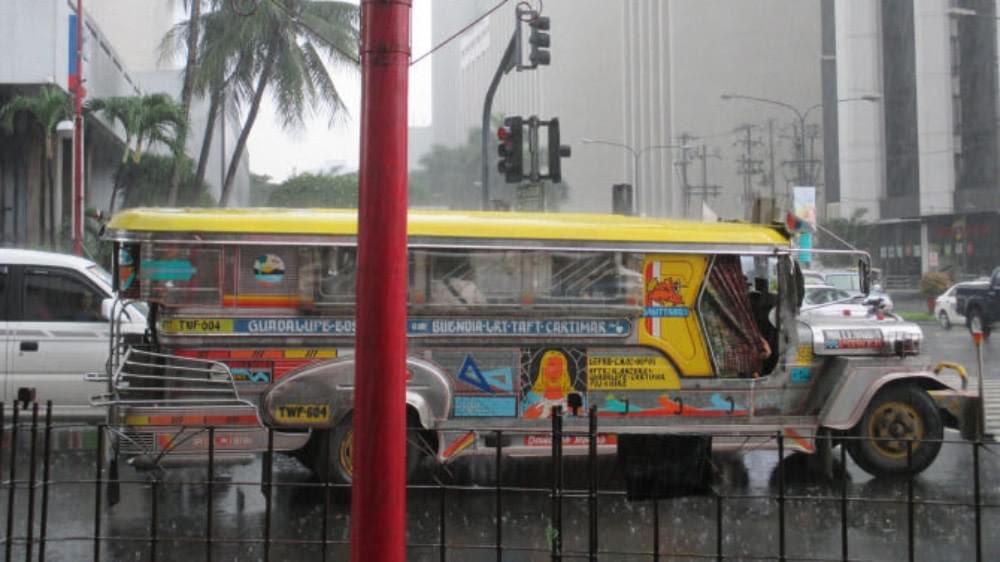
Jeepneys are the most common mode of public transport. Originally made from leftover US military jeeps after WWII, they are now a Filipino icon.